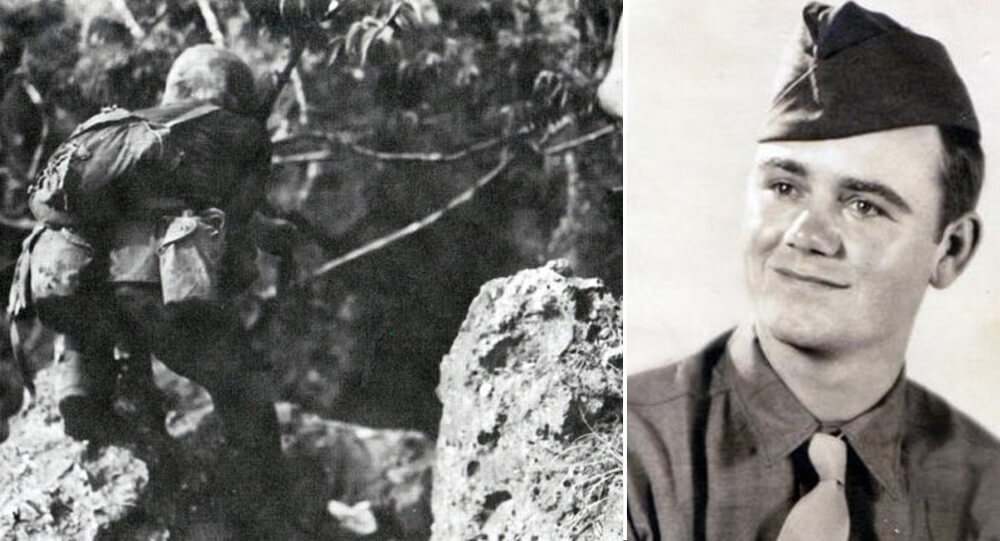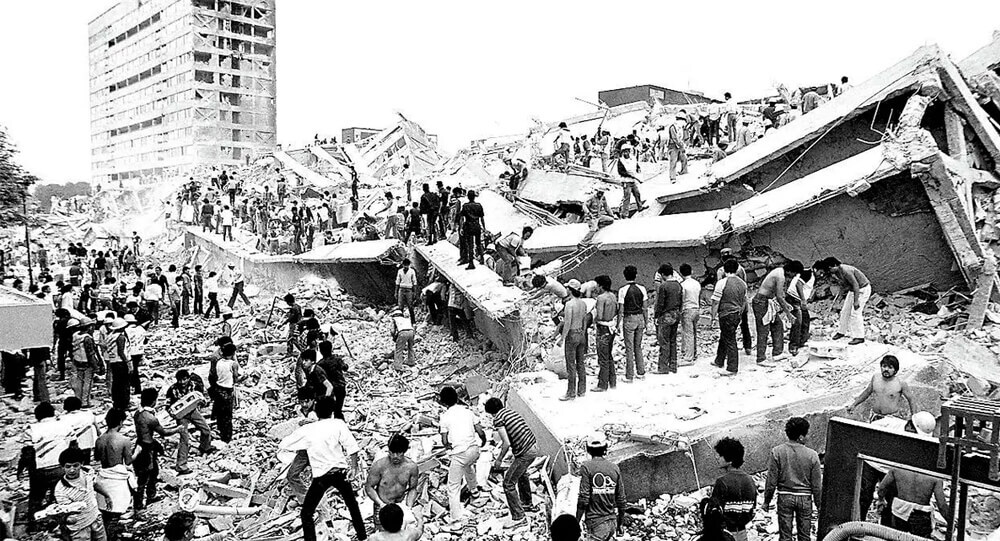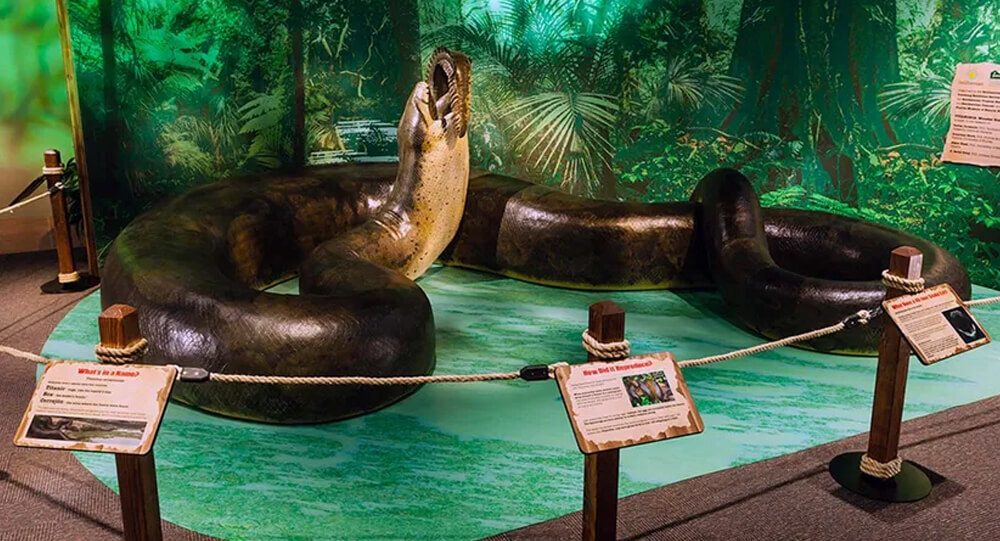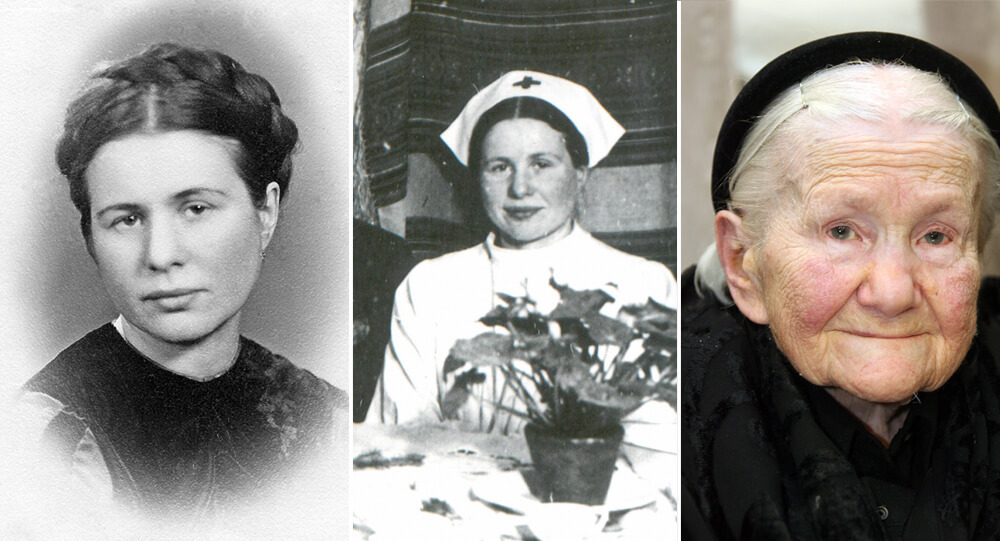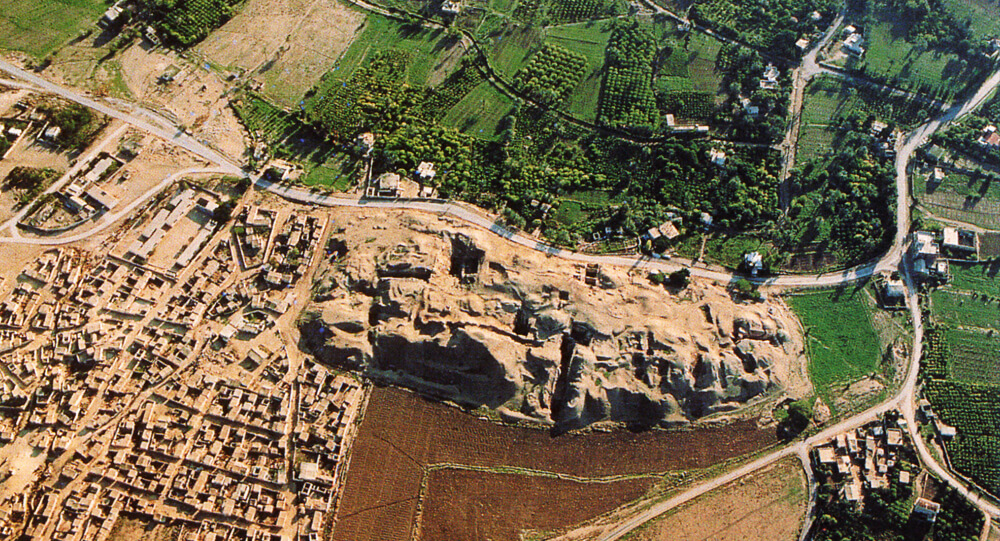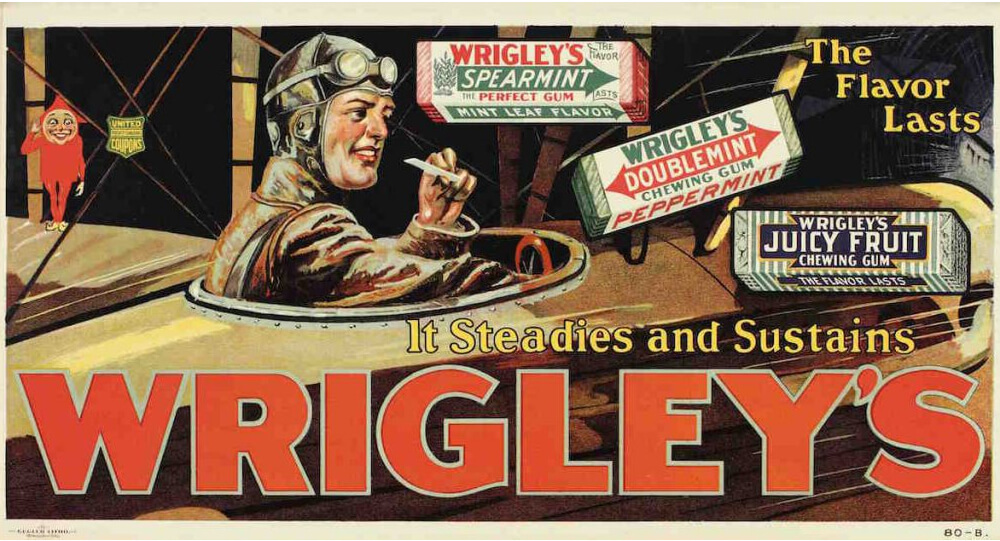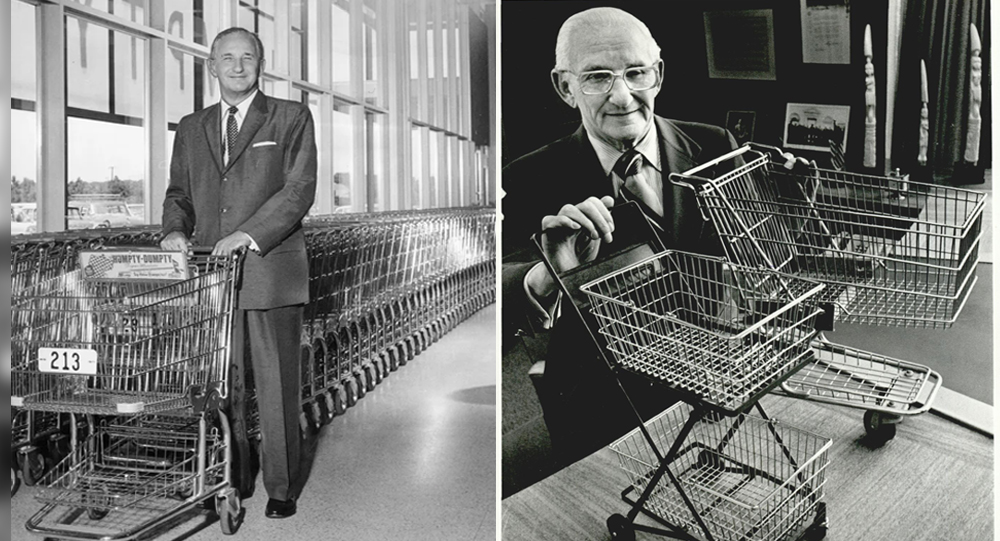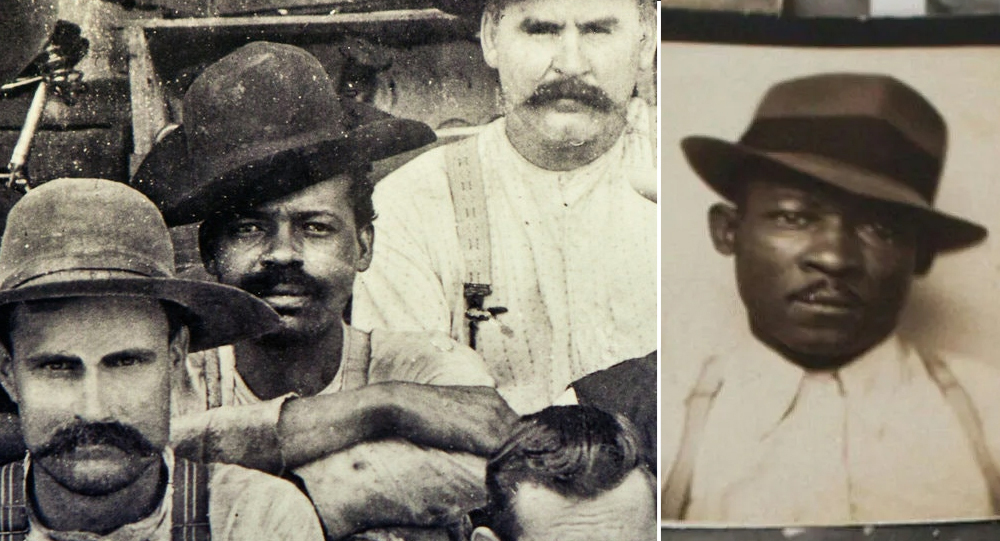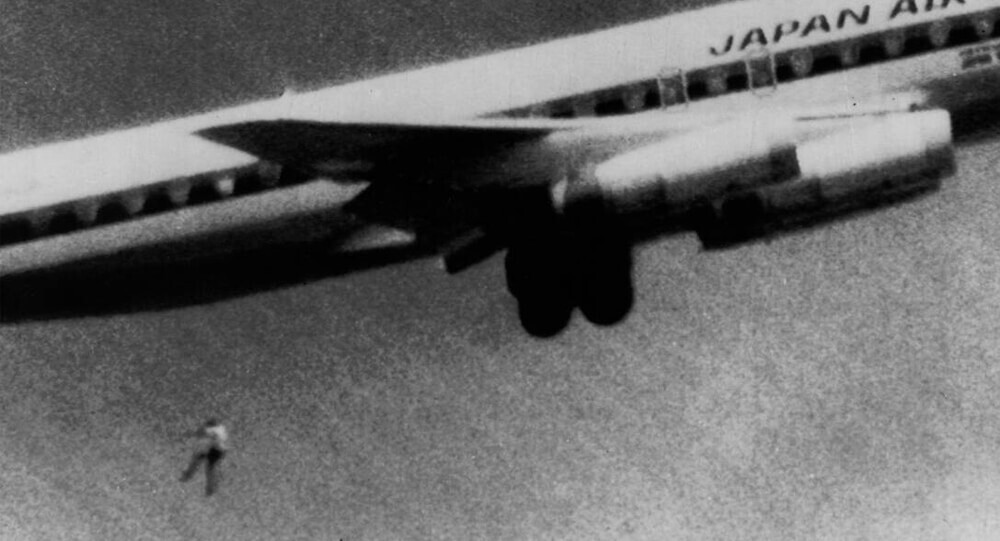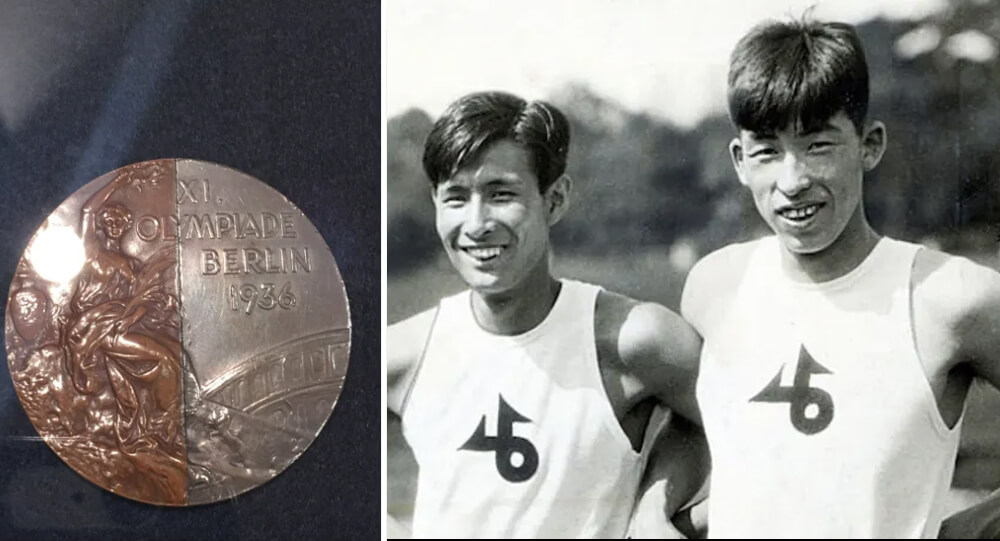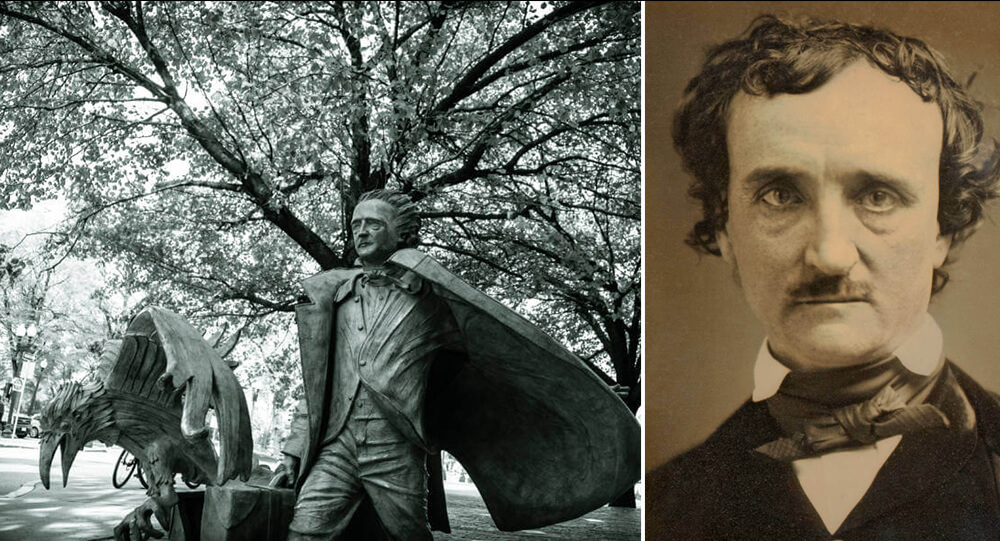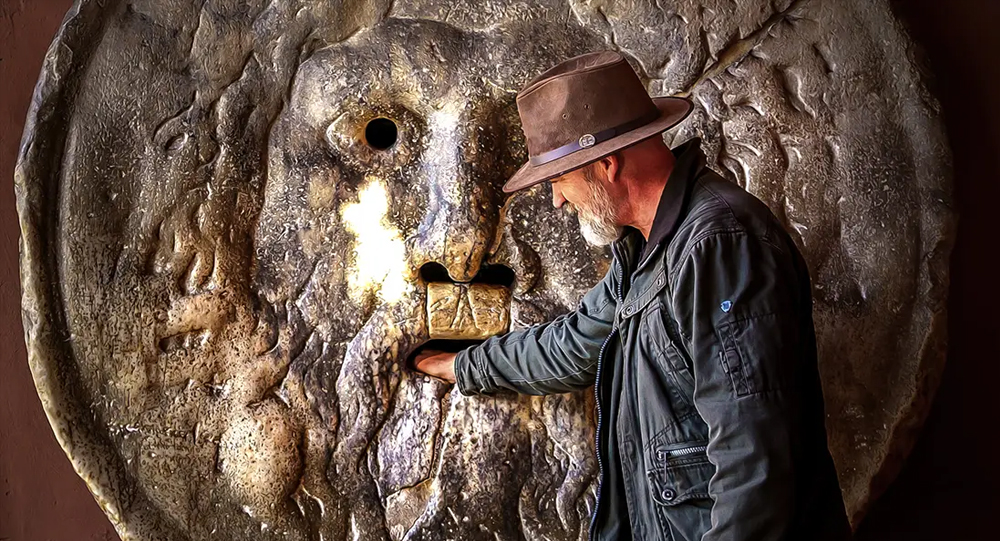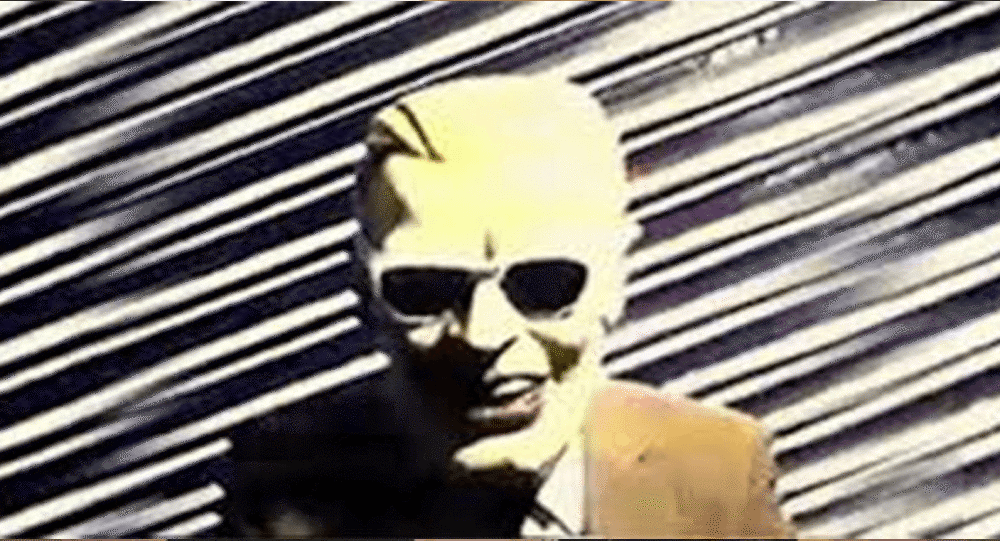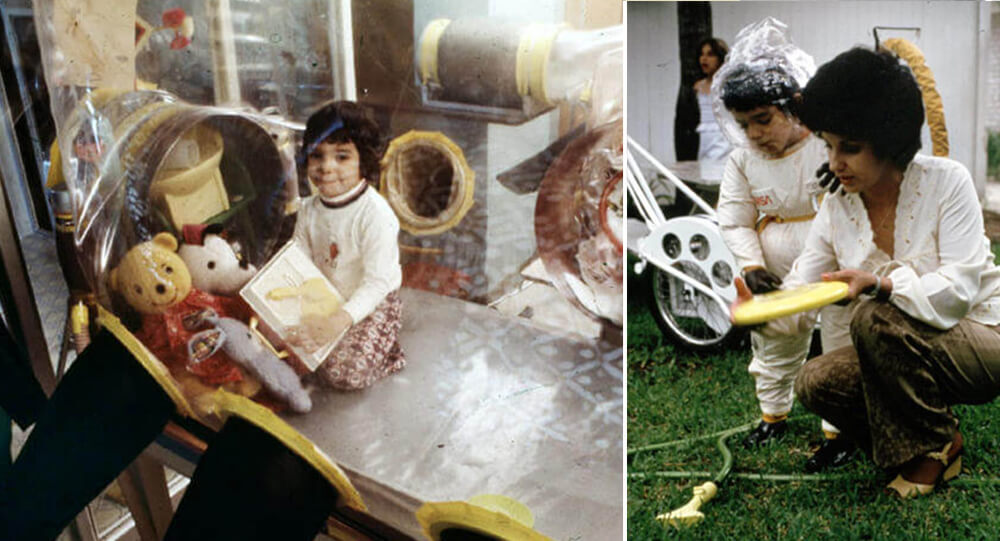

The touching story of David Vetter (bubble boy), the 'boy who lived in a bubble
How does it feel to be trapped in a bubble? For some, this implies living in isolation. However, David Vetter, a young Texas child, lived in the real world – though in a plastic bubble. David, dubbed “Bubble Boy,” was born in 1971 with severe combined immunodeficiency (SCID) and was forced to live his whole life in a specially manufactured sterile plastic bubble until he died at the age of 12.
David would have been in 50’s if he had lived. Thanks to therapy made possible in part by David’s own blood cells, children with SCID can now live normal lives. According to a recent report, 14 of the 16 children who had the experimental therapy nine years ago are now adults.
But how did “Bubble Boy” do in life? Continue scrolling to see David’s heartbreaking story, which was put together with the cooperation of Texas Children’s Hospital, Baylor College of Medicine, and the PBS documentary “The Boy in the Bubble.”

On September 21, David was born in Houston’s Texas Children’s Hospital. He was placed in a plastic isolator bubble after 20 seconds of being exposed to the outside world.
Related topic you might find interesting:
- Inspiring Story Of Jono Lancaster, Abandoned By His Mother At Birth For This ‘Defect’ On His Face
- The Story Of Lionel The Lion-Faced Man, Stephan Bibrowski
- The Heartbreaking Story Of Ella Harper, The ‘Camel Girl’
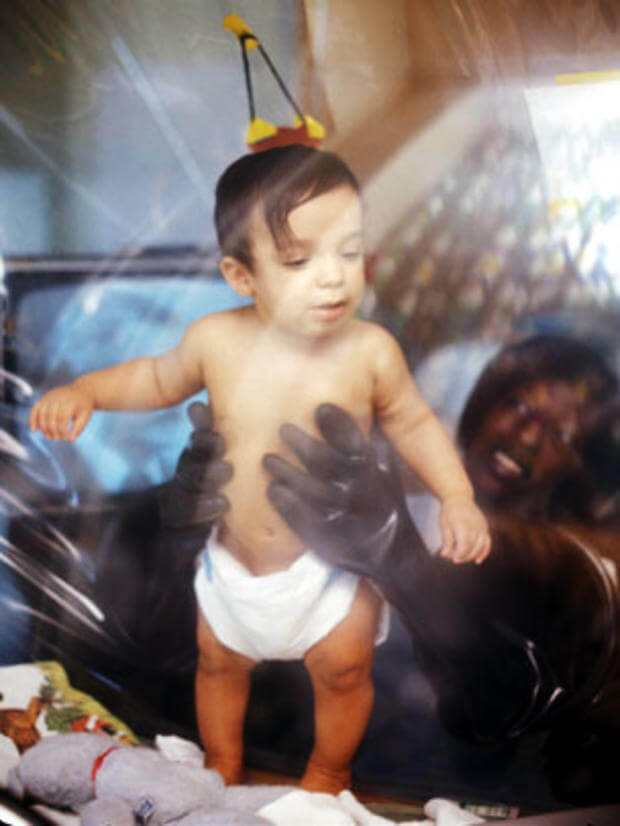
David was not the family’s first kid to be born with SCID. Carol Ann and David J. Vetter’s first son died of the condition when he was a baby.
Carol Ann was informed by physicians that if she had another boy, her son would have a one in two chance of being born with SCID, an illness that only affects boys. The Vetters turned down an offer to have their child aborted.
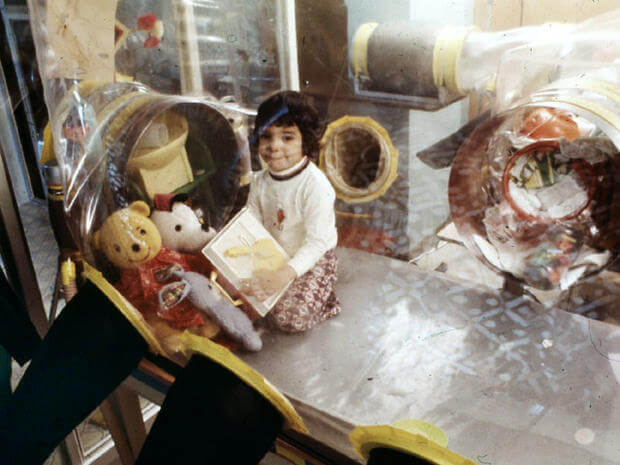
Doctors thought David would outgrow SCID by the age of two, but he spent the rest of his childhood in “bubbles,” NASA-designed isolator containment units.

Is raising a child in a bubble ethical? That’s what 30 Texas Children’s Hospital employees wondered – and eventually decided it was.
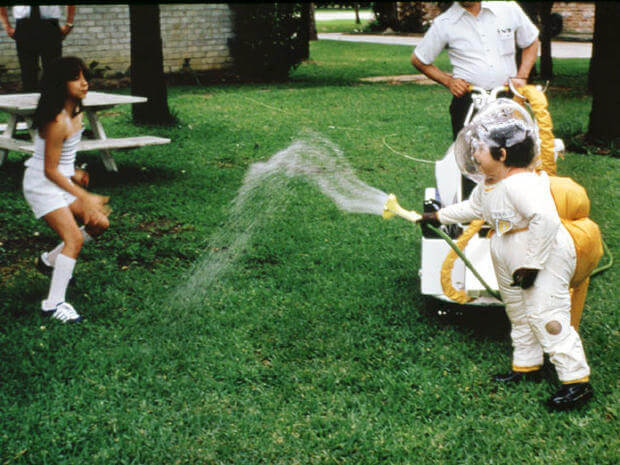
Thanks to NASA, David made his first steps outside the isolator bubble when he was six years old. For David, the space agency created a unique spacesuit that allowed him to walk and play outside.
David had to crawl down an insulated tunnel to get from the isolator to the spacesuit.

To keep David’s environment sanitary, workers had to conduct a 24-step pre-excursion hookup and a 28-step suit-donning procedure each time he used his suit.
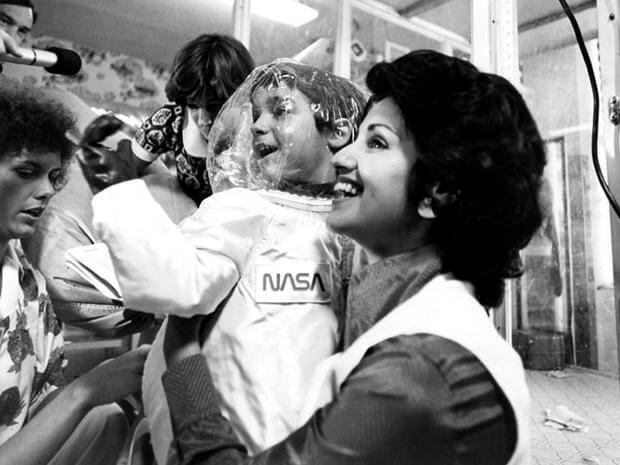
The complicated process of putting on the spacesuit was worth it for David and his mother, who was able to hold her son in her arms for the first time on July 29, 1977.

Dr. William Shearer, David’s personal physician, is shown in this 1979 photo during a visit. Dr. Shearer is now the director of Texas Children’s Hospital’s allergy and immunology clinic, where he treats children with SCID.
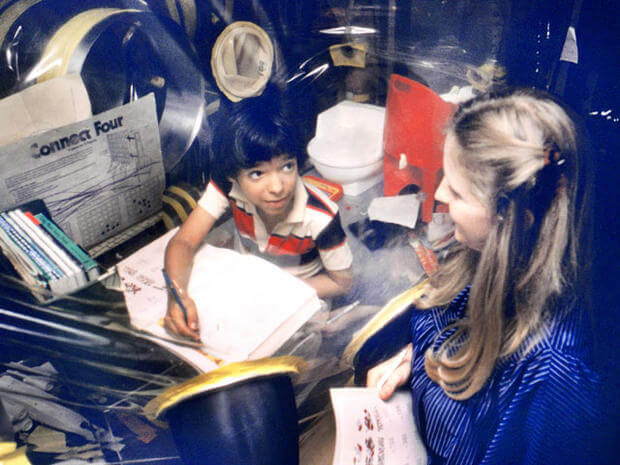
David received school lessons via his bubble and was able to keep up with the other children his age.

In September 1979, David posed for his annual portrait. Immunologists told him that a potential cure would take another ten years to develop.
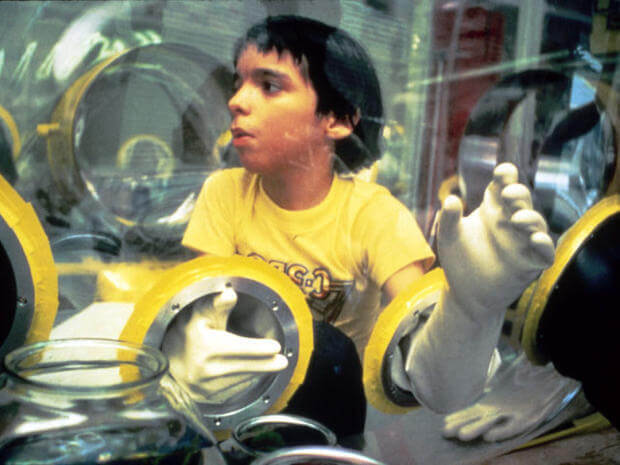
David’s annual photograph was shot in September 1980.
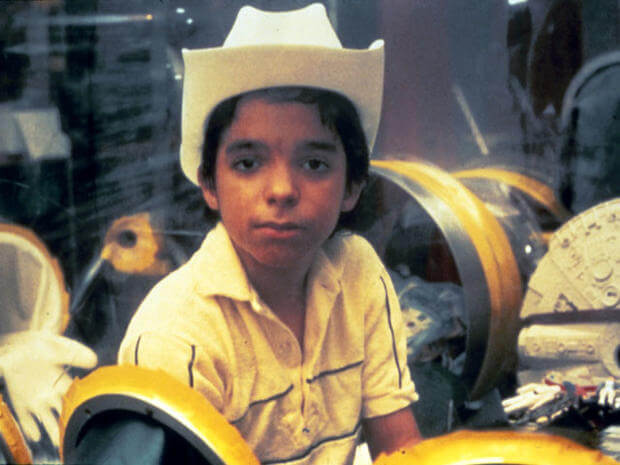
In September 1982, David posed for his annual portrait. At the age of 11, he became more thoughtful and requested to see the stars. On his birthday, his family took him outside to enjoy the sky for 20 minutes.

Bone marrow transplants from ideal donors were traditionally used to treat immune diseases. However, in 1983, the Vetters learnt about a new process that would allow bone marrow transplants from non-perfectly matched donors, and they agreed to give it a try. Katherine, David’s sister, contributed her bone marrow. Prior to the procedure, Dr. William Shearer speaks with David.
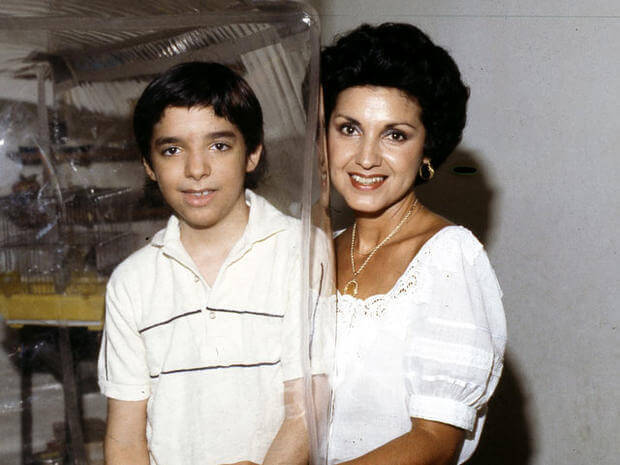
David died of lymphoma four months after getting the bone marrow transplant from his sister, a malignancy that was later revealed to have been brought into his system by the Epstein-Barr virus. Shortly after his death, the Texas Children’s Allergy and Immunology Clinic established the David Center, which is dedicated to immune deficiency research, diagnosis, and therapy.

Thomas Baker's heroic act that earned him the "Medal of Honor" was 8 bullets until death
Thomas Baker instructed his team to leave him with a pistol and eight bullets propped up against a tree after he was injured. Later, American troops discovered the now-deceased Baker in the same location, lying next to eight dead Japanese soldiers and carrying an empty pistol.

Remembering the miracles of the 1985 Mexico earthquake (unbelievable stories)
In 1985, after an 8.0 magnitude earthquake hit Mexico City, nearly all newborn babies survived a collapsed hospital. They are known as “Miracle Babies” for surviving 7 days without nourishment, water, warmth or human contact.

The Assassination Of King Alexander
The assassination of King Alexander of Yugoslavia marked a pivotal moment in the country's history. This article delves into the rise and reign of King Alexander, exploring his early life and ascension to the throne. It also examines the political and social climate in interwar Yugoslavia, setting the stage for the tensions and challenges that ultimately culminated in his tragic assassination. By understanding the context in which this event unfolded, we can better grasp the significance and impact it had on the nation and its future.

Titanoboa cerrejonensis, fossils of the world’s largest species of snake
In 2009 in a coal mine of Columbia, scientists discovered fossils of the world’s largest species of snake. The species is called “Titanoboa cerrejonensis,“and it is from around 60 million years ago. It would have had measured about 48 feet long and weighed about 2,500 pounds

History of Treadmill, punishment for prisoners
Treadmills were originally a punishment used to harness human power on a giant wheel used to grind grains, hence the name "treadmill." The History of Treadmill

During the 1996 Olympic bombing, Richard Jewell falsely accused of committing the crime after saving dozens of people
Richard Jewell, an American security guard, discovered a bomb during the 1996 Olympic Games in Atlanta and assisted in the evacuation, but was later wrongfully accused and faced public scrutiny. He was cleared, but it had a lasting impact on him until his death in 2007 at the age of 44.

story of the youngest mother in the world at age of five - Lina Medina
Lina Medina, a five-year-old Peruvian girl, became the youngest mother in history in 1939 when she gave birth to a boy.

Irena Sendler: woman who rescued Jews during holocaust
Irene Sendler was the Zegota resistance group's head of the children's department. She risked her life to smuggle children out of the Warsaw ghetto, place them with Polish families or orphanages, give each child a new identity, and keep records so that they could be returned to their families. In 1943, the Gestapo arrested and sentenced her to death, but she was rescued by Zegota.

Ancient Jericho: The First Walled City In History
The ancient city of Jericho is the world's oldest walled city, with evidence of stone fortifications dating back nearly 9000 years.

What is the story behind Wrigley chewing gum?
Wrigley's was originally a soap company that gifted baking powder with their soap. The baking powder became more popular than the soap so they switched to selling baking powder with chewing gum as a gift. The gum became more popular than the baking powder so the company switched to selling gum.

The true story of Annie Oakley, legendary sharpshooter
Anne Oakley was such a good shooter that she could split a playing card help edge-on, hit dimes thrown into the air, shoot cigarette from her husband's lips, and pierce a playing card thrown into the air before it hit the ground.

From Flapper to Fashion Week: How 1920s Style Still Shapes Modern Trends
The roaring 1920s revolutionized fashion, introducing bold styles, daring cuts, and a spirit of freedom that still inspires today’s wardrobes. From flapper dresses to statement accessories, here’s how the Jazz Age lives on in modern fashion.

Archaeologists Uncover 2,000-Year-Old Amazonian Cities Using Lidar Technology
Deep in the Ecuadorian Amazon, archaeologists have uncovered an ancient network of urban settlements once inhabited by the Upano people about 2,000 years ago. Using cutting-edge lidar technology, these discoveries reveal a highly organized society featuring sophisticated agricultural systems, drainage canals, and extensive road networks. This transformative find challenges long-held assumptions about ancient Amazonian societies and sheds light on a complex civilization thriving in one of the world’s most biodiverse regions.

Sylvan Goldman: The Visionary Who Revolutionized Shopping with the Cart
The inventor of shopping carts, Sylvan Goldman, had to hire several male and female models to push carts around in his store, demonstrate their utility, and explain their use to other customers, due to not catching on initially.

Nearest Green, America's first known Black master distiller
Nathan "Nearest" Green was an African-American head stiller who is now more frequently referred to as a master distiller. He was renowned for imparting his distilling knowledge to Jack Daniel, the creator of Jack Daniel's Tennessee whiskey distiller, after Jack Daniel was freed from slavery following the American Civil War.

Albert Einstein’s brain after it was stolen from his body
Albert Einstein's brain was taken by the opportunistic pathologist who performed his autopsy hours after he died and kept in two jars for 30 years. The stolen brain of Albert Einstein was preserved in a cookie jar for 30 years until being discovered by a journalist.

The unbroken seal on King Tutankhamun's tomb until 1922
The unbroken seal of Tutankhamun's tomb before it was opened in 1923, it was unbroken for over 3000 years.

Keith Sapsford: The Story of 14-Year-Old Stowaway
The final image of 14-year-old Australian Keith Sapsford, who aspired to travel the world. In February 1970, he sneaked into the wheel-well of a plane flying from Sydney to Tokyo. It opened mid-air & fell out. When a photographer was testing a new lens, he captured this moment on film and was surprised when it developed.

Top 10 Greatest and shocking Archaeological Discoveries of All Time
While we're all locked at home, there's no better way to escape to another time and place than to learn about amazing archeological sites and discoveries from around the world. Here are the 10 greatest and shocking archaeological discoveries —and don't be shocked if they inspire future trip plans whenever it's safe to do so again.

Medals of Friendship: The Enduring Olympic Story of 1936
At the 1936 Summer Olympics, two Japanese pole vaulters named Sueo Oe and Shuhei Nishida tied for second, but they declined to compete against each other. As a result, Nishida was awarded the silver medal and Oe won a bronze medal. Upon returning to Japan, the athletes had their medals cut in half and spliced together to create new "friendship medals," which were half silver and half bronze.

Moondyne Joe: The story of Australia's most notorious prison escapee
A man named Joseph Bolitho Johns (A.K.A Moondyne Joe) broke out of Australian prisons so many times that the police were compelled to build a special cell just for him. He escaped from that as well.

Inside The Mysterious Death Of The Famed Gothic Writer Edgar Allan Poe
Hours before his death Edgar Allen Poe was found on the streets of Baltimore. He was incoherent, wearing another man’s clothes, and unable to explain how he got there. The cause of his death is an unsolved mystery.

The Mouth of Truth: Ancient Rome’s Legendary "Lie Detector" That Bit Off Hands
Discover the chilling legend of the Mouth of Truth (Bocca della Verità) in Ancient Rome—a massive carved stone face believed to bite off the hand of anyone who lied while inserting their hand into its gaping mouth. Uncover the truth behind its eerie reputation and how this ancient artifact became a symbol of honesty and fear.

Story of Kathrine Switzer: the first woman to run in Boston Marathon
Before women were allowed to run in the Boston Marathon, Kathrine Switzer participated. A race official attempted to forcefully remove her from the race in 1967, but her boyfriend pushed him down. She was the first female finisher who had a numbered entry in the race.

Max Headroom Incident: America’s Creepiest TV Hack
In 1987 a man hijacked a television station during an episode of Dr. Who and wore a Max Headroom mask and uttered nonsense, and he still hasn’t been caught

